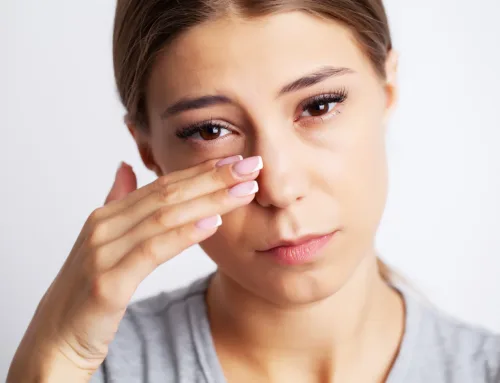Nothing is worse than missing out on life. Over 50 million Americans suffer from allergies. That’s 30% of adults and 40% of children. Allergies can cause difficulty breathing, sneezing, itchy and watery eyes, and even unsightly rashes. The good news is that you don’t have to suffer. Most allergies can, with the right help, be easily managed.
First Step: Knowledge
Allergies are due to an overreaction by your immune system. While responsible for defending your body from harmful viruses and bacteria, your immune system will sometimes treat otherwise harmless substances as threats. With so many different possible triggers (pollens, animal dander, insects, etc.) it is important to identify your specific triggers.
Unless you know the cause, you cannot effectively treat the problem. Our state-of-the-art facilities at Florida Otolaryngology Group and the Orlando Sinus & Allergy Center test for over 35 different possible triggers. With results in as little as one hour it’s never been easier to get answers.
Second Step: Treatment
The most common treatment used for allergies is over-the-counter antihistamines such as Zyrtec or Claritin. While these drugs can provide symptom relief, they do not address the underlying immune system reaction.
Long-term treatment involves raising the tolerance of your immune system. This is achieved by introducing specific doses of allergen extracts to your body. Once in your system, your body’s immune system is altered to become tolerant to your triggers (allergens).
You have two options when it comes to lasting relief:
1. Allergy Shots (Subcutaneous Immunotherapy)
The most common form of immunotherapy is the allergy shot. Allergy shots consist of an injection of a diluted allergy extract administered in increasing doses until a maintenance dose is reached. Allergy shots, which can take 3 to 5 years), are 80% effective and simple to take.
Allergy shots gradually build your tolerance. As it builds, the need to take the shot as often dissipates. When starting immunotherapy a visit to your allergist is required once a week as resistance develops over several months. As time goes on the visits become less frequent until you see your allergist no more than once a month.
After the injection, you can expect a little redness at the injection site. While quite rare, a possible side effect of allergy shots is a severe allergic reaction called anaphylaxis. Patients are therefore monitored for 30 minutes after receiving the injection in the interest of safety.
2. Sublingual Immunotherapy (SLIT)
If shots aren’t for you there’s an alternative and effective option. SLIT (allergy drops) is a blend of allergen extract that is placed and absorbed under the tongue. Taken once a day, allergy drops build a tolerance to your specific triggers.
With virtually no reported cases of anaphylaxis, SLIT is a safe method of immunotherapy that can be taken from the comfort of your own home. Allergy drops are provided in a small pump bottle that makes getting the right dose quick and simple.
Don’t Wait Until It’s Too Late
Allergies can become worse over time so don’t suffer any longer than you must. Call or request an appointment online to stop missing out on life. Our team of dedicated healthcare professionals will schedule you with a physician near you.





